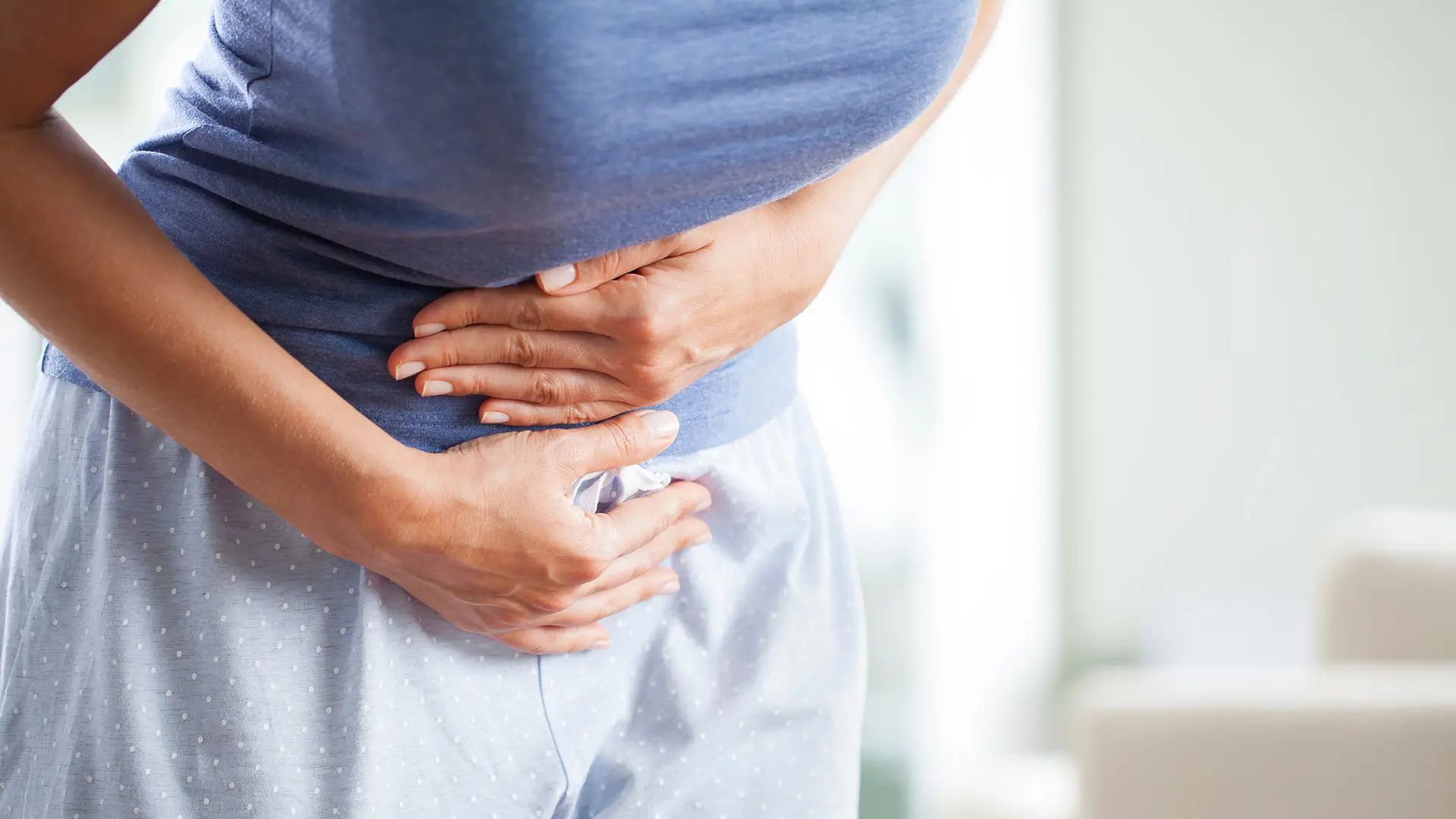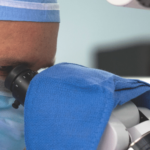
After going through a DIEP flap breast reconstruction, noticing a sense of tightness across your abdomen can be unexpected—and, for many women, understandably concerning. The DIEP flap procedure uses your own lower abdominal skin and fat (not muscle) to create a natural-looking breast after mastectomy.
If you’re experiencing abdominal tightness after a DIEP flap surgery, know that you’re not alone—and more importantly, that solutions are available. Whether you’re early in your recovery or months out and still feeling uncomfortable, there are proven therapies and supportive strategies to help improve your mobility and comfort.
Is Tightness Normal After DIEP Flap Surgery?
While the DIEP flap is an advanced approach that avoids sacrificing muscle strength, it involves moving tissue from your belly area, which can result in tightness, pulling, or reduced flexibility during recovery. This effect is a normal part of the healing process for some, but that doesn’t mean it’s something you have to live with.
However, in general, some common DIEP Flap breast reconstruction side effects one can expect include:
- Drain output and minor drainage: Fluid drainage is expected until surgical drains are removed.
- Fatigue: Your body is healing from a major surgery and will need rest.
- Itching: As incisions heal, mild itching may occur.
- Mild asymmetry or firmness: Initially, tissue can feel uneven or firmer, but often softens over time.
- Numbness: Common around the breast and abdominal areas due to nerve disruption.
- Soreness or tenderness: At the incision sites and surrounding areas.
- Swelling and bruising: Both in the reconstructed breast(s) and donor site (abdomen).
- Temporary abdominal tightness: A pulling or tight sensation across the lower belly, especially when standing, stretching, or moving.
These symptoms are usually temporary and manageable with proper post-op care and support. However, if symptoms worsen or feel unusual, PRMA encourages patients to reach out—we’re always here to help ensure everything progresses safely.
How Long Does Abdominal Tightness Last After DIEP Flap Surgery?
As previously noted, abdominal tightness is normal after DIEP flap surgery, especially in the first few weeks of recovery. For many patients, tight sensations gradually improve as swelling subsides and the body continues to heal.
After a few months post-surgery, most women notice significant relief from any sensations of tightness, pulling, or reduced flexibility. However, some of these sensations can linger for six months or more, particularly when stretching, twisting, or standing fully upright.
Tips for Managing Tightness After Breast Reconstruction
If you’re experiencing abdominal tightness, there are several simple, practical things you can do yourself to help manage and improve abdominal tightness. Some of these tips for managing abdominal tightness include:
- Scar massage: Once your incisions are fully healed and your surgeon gives the go-ahead, gentle scar massage can help soften tight tissue and improve flexibility.
- Scar creams or silicone sheets: These may reduce firmness and help the tissue become more pliable over time.
- Light stretching or yoga: Gentle movement, especially exercises focused on posture and core flexibility, can gradually ease tension when cleared by your provider.
It may not seem like much, but these small steps can make a big difference in your healing journey.
When to Be Concerned About Abdominal Tightness
While abdominal tightness is normal for many women after DIEP flap surgery, there are times when it could signal something more serious. If your tightness feels unusually severe, worsens, or is paired with new or concerning symptoms, it’s important to check in with your provider.
In rare cases, persistent or intense tightness may point to complications such as a hernia, overly tight internal sutures, or abdominal wall bulging that needs medical evaluation.
In general, you should contact your healthcare provider right away if you notice:
- A feeling of pressure or heaviness when standing, coughing, or lifting
- A firm or painful bulge near your incision or in your lower abdomen
- Difficulty standing fully upright after the initial healing period
- Nausea, vomiting, or changes in bowel habits alongside tightness
- Redness, warmth, or drainage at the incision site
- Sudden or worsening abdominal pain that doesn’t improve with rest
- Visible swelling or asymmetry that seems new or increasing
Your comfort and safety matter—if something doesn’t feel right, it’s always better to reach out.
Recover Confidently with PRMA’s DIEP Flap Expertise
Experiencing abdominal tightness after DIEP flap surgery is a normal part of healing, but it shouldn’t leave you feeling uncertain or alone. While most tightness improves with time and gentle care, persistent discomfort or new symptoms could signify something more.
If you’re concerned about how you’re healing or something just doesn’t feel right, don’t wait—contact us today. Your peace of mind and long-term well-being are too important to ignore.


Christine Rush
I had my surgery in 2012. Had somewhat small ‘pooch’ in my lower abdomen. When the PS examined my lower abdomen, he commented ‘I can work with this’. My lower abdomen remains uncomfortably tight/tense…feels like my pubic area has been pulled up way too much. I’ve been seeing a PT for lymphedema therapy. I also have a hardened/misshapen DIEP flap to my right breast. The PT has been using laser and ultrasound to try and break up the hardened tissue on my breast & has recently started working on my lower abdomen…hope this works.